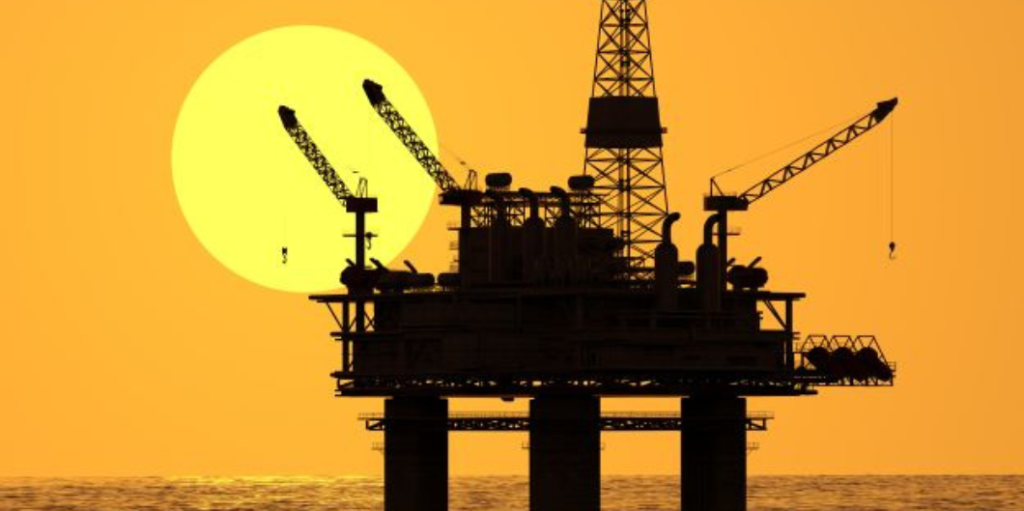Among the harshest and most demanding environments for any industrial process are those found in the fields of oil and gas exploration and production. Oil fields, offshore drilling rigs, and petrochemical processing plants all must contend with weather, high operating temperature ranges, high pressures, abrasive fluids, and seawater. All of these factors—separately or together—can be a challenge for any petrochemical industry in terms of production and safety.
The good news is that when the proper materials are selected, these challenges are much easier to control. Among the best materials an industry can choose for petrochemical exploration and production would be high-performance plastics which offer longer lifespans under conditions that would significantly deteriorate most metals over time.
Advantages Of Plastics For Oil and Gas Production
Plastics are ideal for oil and gas drilling applications when cost, downtime, and rig personnel safety are crucial. Long life, low maintenance, and significant cost savings are all advantages of these high-performance plastic materials.
Because high-performance plastics are purposefully designed to be versatile and durable in a range of challenging conditions, these materials are possibly the most efficient goods to employ. Piedmont Plastics offers a diverse selection of engineering thermoplastics for applications such as petrochemical processing, oil and gas exploration, refining, fracking, pumping, sub-sea systems, and LNG and LPG gas transfer.
Plastics Commonly Used for Oil and Gas Production
There are hundreds of different types of plastics out on the market today, but only certain plastics are appropriate for the demanding expectations of the oil and gas production industry. These high-performance plastics must be durable, long-lasting, and resistant to harsh environmental conditions.
Here are some of the most common plastic materials used in oil and gas exploration, extraction, and refining:
Polyetheretherketone (PEEK) is a high-performance material with excellent dimensional stability, abrasion resistance, and strength. PEEK is also resistant to moisture, such as steam and saltwater, and can withstand a wide range of temperatures. PEEK can maintain its physical qualities despite the high pressures and intense temperatures found in oil and gas operations. PEEK is used in a variety of applications, including downhole drilling equipment and valve seats.
Polytetrafluoroethylene (PTFE) has a low coefficient of friction, valuable electrical characteristics, outstanding chemical resistance, and excellent stability over a broad range of temperatures. Downhole drilling tools, bearings and bushings, seals and gaskets, valve seats, and thrust washers are typical examples of PTFE usage.
Polycarbonate is a clear plastic with excellent impact resistance, toughness, low moisture absorption, dielectric characteristics, and flame retardancy. Polycarbonate is 30 times the strength of acrylic and 200 times the strength of glass. It’s also a lot lighter than glass, weighing six times less. Due to its light weight, polycarbonate is simple and inexpensive to transport and install—particularly when compared to glass. Safety dividers and heavy equipment glazing are examples of uses for polycarbonate.
Cast Nylon is extremely durable, wear-resistant, and has a high tensile strength. It is also chemically and thermally resistant, lightweight, and has a low coefficient of friction. Cast nylon is easy to process and build, has nearly endless production possibilities, and is highly cost-effective. Bearings and bushings, seals and gaskets, thrust washers, and valve seats are all examples of Nylon usage.
Phenolic Materials are hard, dense materials created by heating and pressing different weighted layers of paper, cotton, or a glass-fabric mix coated with a synthetic resin. Phenolics are half the weight of aluminum, and their physical toughness makes them resistant to abrasion, friction, impact, and material fatigue. Phenolics also feature low water absorption and dissipation coefficients, chemical corrosion resistance, and outstanding electrical properties throughout a wide temperature and humidity range. Bushings, thrust washers, gaskets, spacers, rings, collars, and violent storm or ballistic protection are some of the most typical phenolic applications.
Benefits of Using Plastic For Offshore Drilling Sites?
A significant area in which plastics have become essential is in offshore drilling. Offshore drilling rigs are large, expensive, and stressful environments—particularly for machinery. These environments can be so stressful that the role plastics play in successful operations can sometimes be overlooked.
Some benefits of plastics for offshore drilling facilities include:
- Highly Resistant – They are resistant to corrosive liquids such as seawater and chemicals, can withstand extremes of high and low temperatures, and are designed to be flame-resistant.
- Lightweight – Plastics create lightweight but effective alternatives to heavy metal parts. This puts less weight-related stress on the project site.
- Easy To Replace – Oil rigs need parts of all shapes and sizes. When parts wear down, it’s easier to construct and replace plastic components onsite, thus reducing downtime.
- Economic – High-performance plastics can last a long time and survive conditions metal cannot. With plastics, maintenance and replacement costs are lessened, and downtime is reduced.
Contact Piedmont Plastics
Piedmont Plastics partners with the leading manufacturers of various high-performance plastics and understands the importance of material traceability and quality control. Contact your qualified Piedmont representative to discuss our select line of plastics for your oil and gas production needs.
